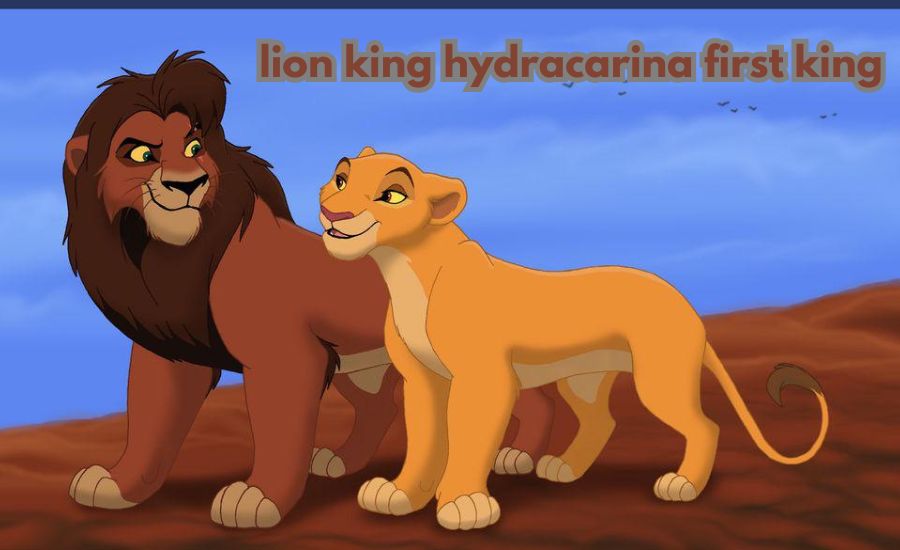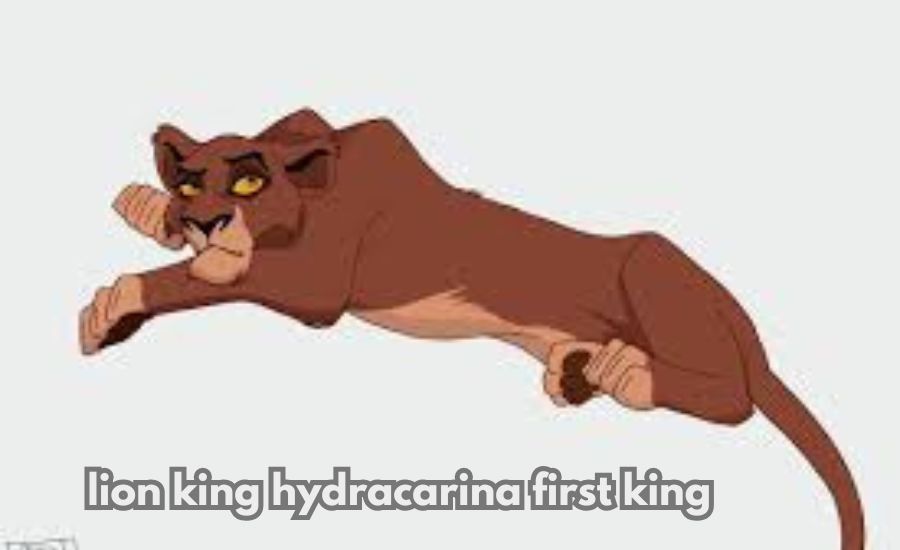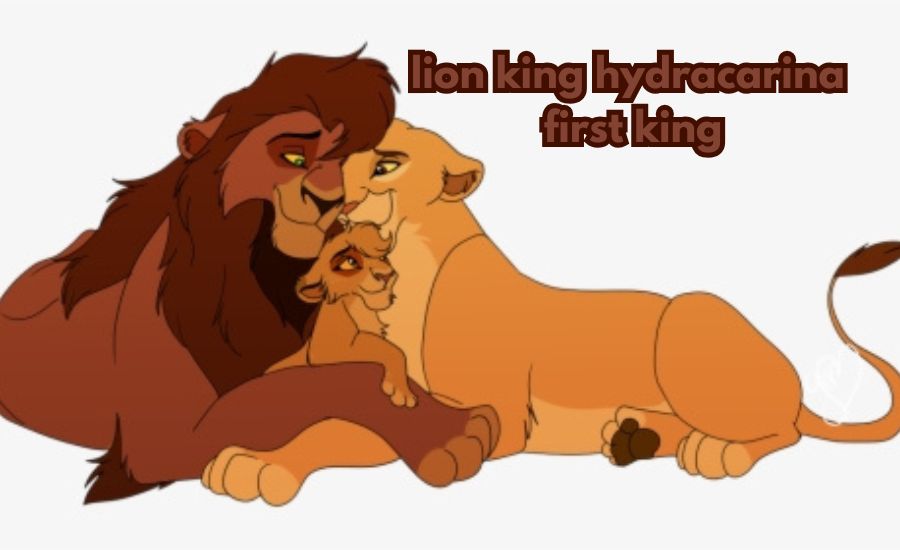In the fascinating world of aquatic creatures, the Lion King Hydracarina first king stands out as a remarkable figure. At USNOWADAYS, we delve into the depths of this captivating topic to understand its significance in the ecosystem and the mysteries surrounding these tiny, yet powerful mites. Join us as we explore the life and legacy of the first king of Hydracarina and what makes it a crucial part of our planet’s biodiversity.
Understanding Hydracarina: The Aquatic Mites
Hydracarina, often simply referred to as aquatic mites, lion king hydracarina first king are tiny creatures that inhabit freshwater environments like ponds, lakes, and streams. They play a crucial role in the ecosystem, serving as both predators and prey in aquatic food webs. Understanding their biology and ecology is essential for recognizing their importance in maintaining a balanced environment.
The Biology of Hydracarina
Hydracarina species are lion king hydracarina first king characterized by their unique body structure, typically having a rounded shape with eight legs. They belong to the class Arachnida, making them relatives of spiders and ticks. The majority of these mites are less than 1 millimeter in size, making them hard to spot without a microscope.
Life Cycle of Hydracarina
The life cycle of Hydracarina lion king hydracarina first king consists of several stages: egg, larva, nymph, and adult. After mating, females lay eggs on aquatic vegetation or substrate. The eggs hatch into larvae, which then undergo several molts before reaching adulthood. This life cycle can vary in duration depending on environmental conditions, food availability, and species.
Role in the Aquatic Ecosystem
Aquatic mites are crucial in regulating lion king hydracarina first king the populations of microorganisms and algae in their habitats. They feed on organic matter, bacteria, and other small organisms, which helps decompose waste and recycle nutrients. In turn, they provide food for fish, amphibians, and other aquatic creatures, creating a vital link in the food chain.
The Lion King Hydracarina: A Symbol of Strength
The title of “first king” in the context of Hydracarina refers to a dominant or leading species that lion king hydracarina first king significantly influences the ecological balance in its habitat. This title is not just about size or power but about the role it plays in maintaining the ecosystem’s health.
Characteristics of the First King
The Lion King Hydracarina’s first king is characterized by its resilience lion king hydracarina first king and adaptability. These mites can thrive in various environmental conditions, showcasing their ability to survive and flourish in changing ecosystems. Their presence often indicates a healthy water environment, as they require clean, oxygen-rich waters to thrive.
Importance of the First King
As the first king of Hydracarina, this species holds a pivotal lion king hydracarina first king role in biodiversity. Its ability to control algal blooms and regulate bacteria populations ensures that the aquatic ecosystem remains balanced. The disappearance of such a keystone species could lead to significant ecological imbalances, demonstrating its importance.
Conservation of Hydracarina Species
lion king hydracarina first king With environmental changes and pollution threatening aquatic habitats, conservation efforts for Hydracarina and other aquatic mites have become increasingly important. Protecting their habitats ensures the survival of these essential creatures and the overall health of aquatic ecosystems.
Threats to Aquatic Mites
Various factors threaten the survival of Hydracarina species, including habitat destruction, pollution, and climate change. Contaminants from agricultural runoff and urban development can degrade water quality, making it challenging for these mites to thrive. Additionally, rising temperatures and altered water levels can disrupt their life cycles and habitats.
Conservation Strategies
To protect the Lion King Hydracarina and its kin, several conservation strategies can be implemented. These include habitat restoration, pollution control, and public education about the importance of these aquatic mites. Efforts to clean up water bodies and reduce chemical usage in agriculture can also greatly benefit Hydracarina populations.
Read Next: Pethardas Com

The Impact of Human Activities on Hydracarina
Human activities have a significant impact on the health of aquatic ecosystems and the survival of Hydracarina. Understanding this impact is vital for developing effective conservation strategies.
Urbanization and Pollution
Urbanization often leads to increased pollution in water bodies, which can harm Hydracarina populations. Chemicals from industries and runoff from urban areas can introduce toxins into their habitats, affecting their survival. Additionally, the introduction of invasive species can disrupt the delicate balance of aquatic ecosystems, posing further threats.
Climate Change
Climate change poses another significant threat to Hydracarina and aquatic ecosystems as a whole. Rising temperatures can alter water levels and affect the availability of habitats for these mites. As a result, shifts in population dynamics may occur, leading to potential declines in Hydracarina species.
Future Directions for Research
Research on Hydracarina and their ecological roles is essential for understanding the complexities of aquatic ecosystems. As scientists continue to study these fascinating creatures, new insights will emerge regarding their importance and the conservation efforts needed to protect them.
Areas of Focus
Future research could focus on the interactions between Hydracarina and other aquatic organisms, including their prey and predators. Additionally, studying their responses to environmental changes can provide valuable information for conservation efforts. Understanding the genetics and evolution of Hydracarina species will also shed light on their adaptability and resilience.
Community Involvement in Research
Engaging local communities in research and conservation efforts is vital for the success of Hydracarina protection. Citizen science initiatives can encourage people to participate in monitoring aquatic habitats and reporting observations of Hydracarina populations. This involvement can foster a greater appreciation for these creatures and their importance in the ecosystem.

Conclusion
In conclusion, the Lion King Hydracarina first king is not just a fascinating subject of study; it represents the intricate balance of life within aquatic ecosystems. By understanding its biology, ecological role, and the threats it faces, we can work towards better conservation strategies to protect these vital creatures.
At USNOWADAYS, we emphasize the importance of educating ourselves and others about the significance of Hydracarina and other aquatic mites. By raising awareness and taking action, we can ensure that the first king of Hydracarina continues to thrive and contribute to the health of our planet’s ecosystems.
FAQs
Q: What is Hydracarina?
A: Hydracarina refers to a group of tiny aquatic mites that inhabit freshwater environments.
Q: Why is the Lion King Hydracarina considered the first king?
A: The title represents a dominant species in the Hydracarina group that plays a crucial role in maintaining ecological balance.
Q: What threats do Hydracarina face?
A: They face threats from pollution, habitat destruction, lion king hydracarina first king and climate change.
Q: How can we help conserve Hydracarina?
A: We can help by reducing pollution, protecting aquatic habitats, and supporting conservation initiatives.
Q: Why are aquatic mites important?
A: Aquatic mites play a key role in nutrient recycling and lion king hydracarina first king serve as food for various aquatic organisms, maintaining the ecosystem’s health.
Explore New Blogs on: US Now A Days










